|
Loose parts provide children with the opportunity to engage in limitless open ended play. Loose parts are defined as open-ended, mobile objects that can be manipulated in a variety of ways according to Simon Nicholson, who coined the term in 1971. In the Reggio-inspired philosophy, children’s curiosity fuels their learning. Setting up loose parts throughout the classroom gives children the chance to explore, take apart, move together, design, and create using materials in new and innovative ways. Loose parts can consist of natural materials found outside like pine cones, sticks, leaves, stones, shells, and acorns. Teachers often use spools, pieces of felt, embroidery hoops, ribbon, tree slices, small tiles, toilet paper rolls, pegs, hair rollers, buttons, wine corks, clothes pins, and empty containers as loose parts for children to manipulate. There are unlimited play opportunities when loose parts are used in the classroom. At Giving Tree Early Learning, loose parts are seen in every classroom. Depending on the age of the child, loose parts can consist of small counters, colored bells or pom poms for older children, and a variety of empty containers and lids, blocks, or bracelets for younger children. Loose parts can be used in all areas of learning including art, math, science, fine motor skills, and language. In our spaces, there are loose parts in every developmental learning area and they are used at the provocation tables and in play invitations. Loris Malaguzzi, founder of the Reggio-Emilia philosophy said, “the wider the range of possibilities we offer children, the more intense will be their motivations and the richer their experiences.” When we offer children open-ended experiences in the classroom, their imagination grows, natural involvement occurs, and problem solving happens. At home, parents can collect empty jars, colorful lids, ribbon, string, different utensils, old pots and pans, small empty jewelry boxes, pieces of fabric, popsicle sticks, paper towel and toilet paper rolls, and containers for children to fill and empty, stack, put together, line up, and take apart materials.
0 Comments
Your comment will be posted after it is approved.
Leave a Reply. |
AuthorMrs. Alethia Minlaff, Director: you can reach her by emailing [email protected] Archives
May 2024
Categories
All
|
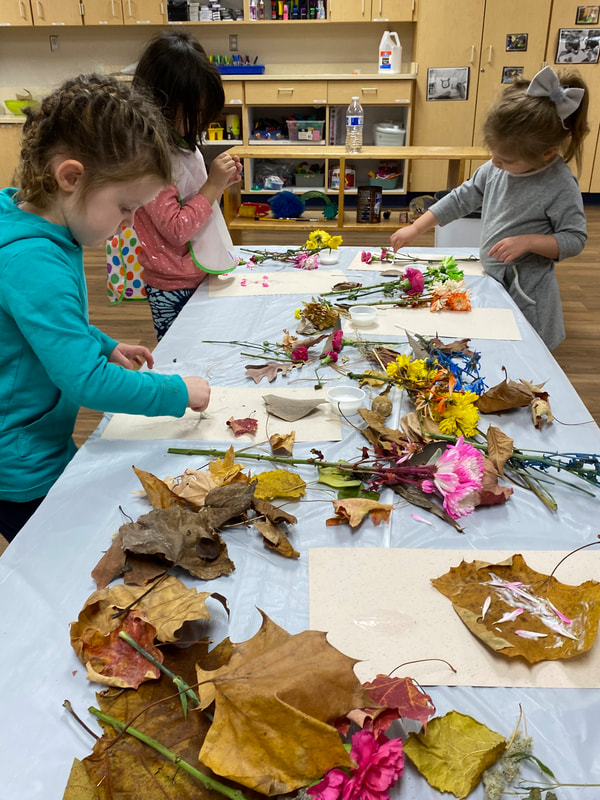
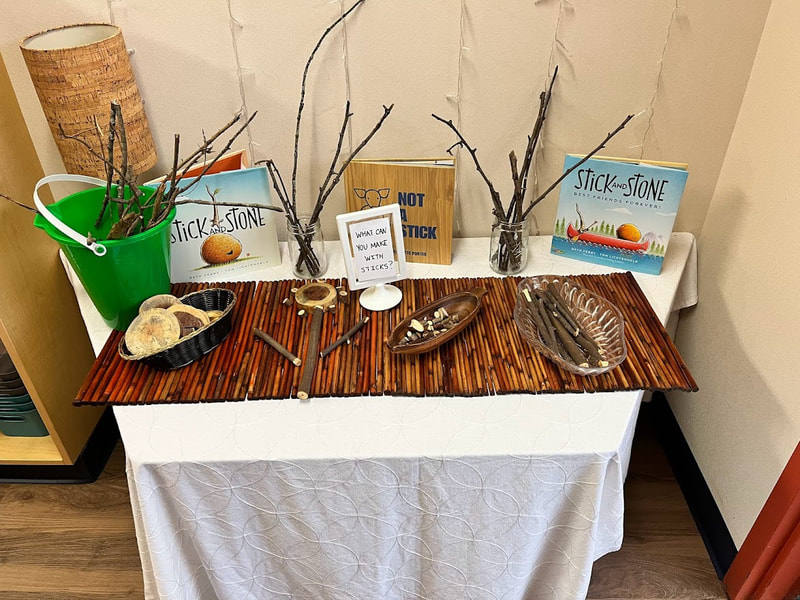
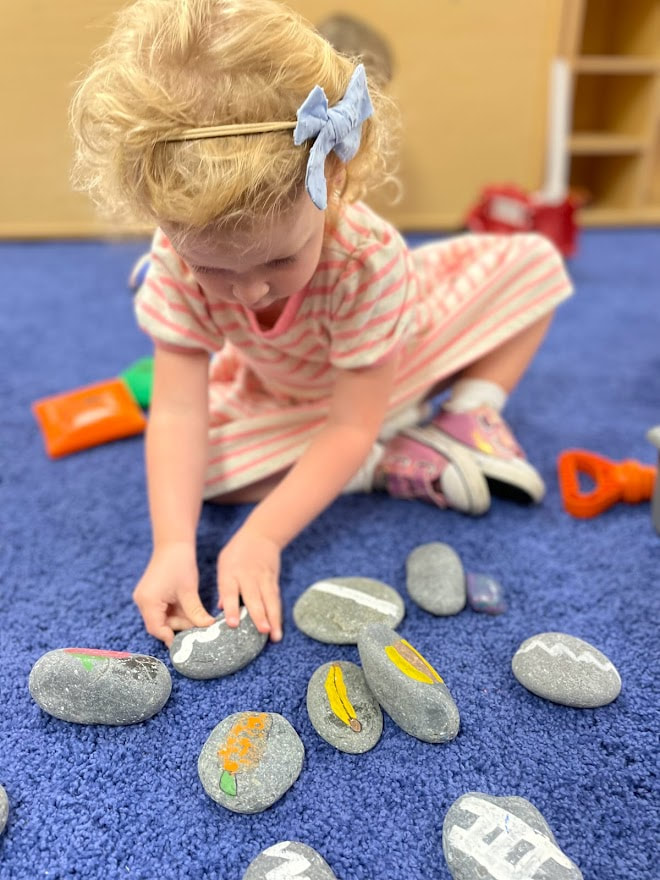
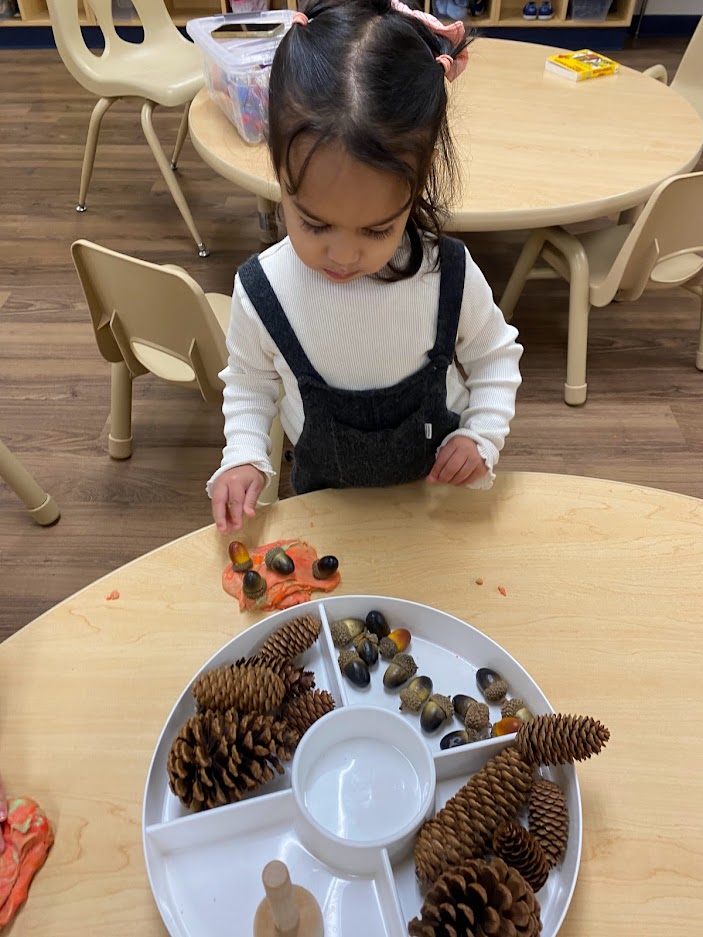
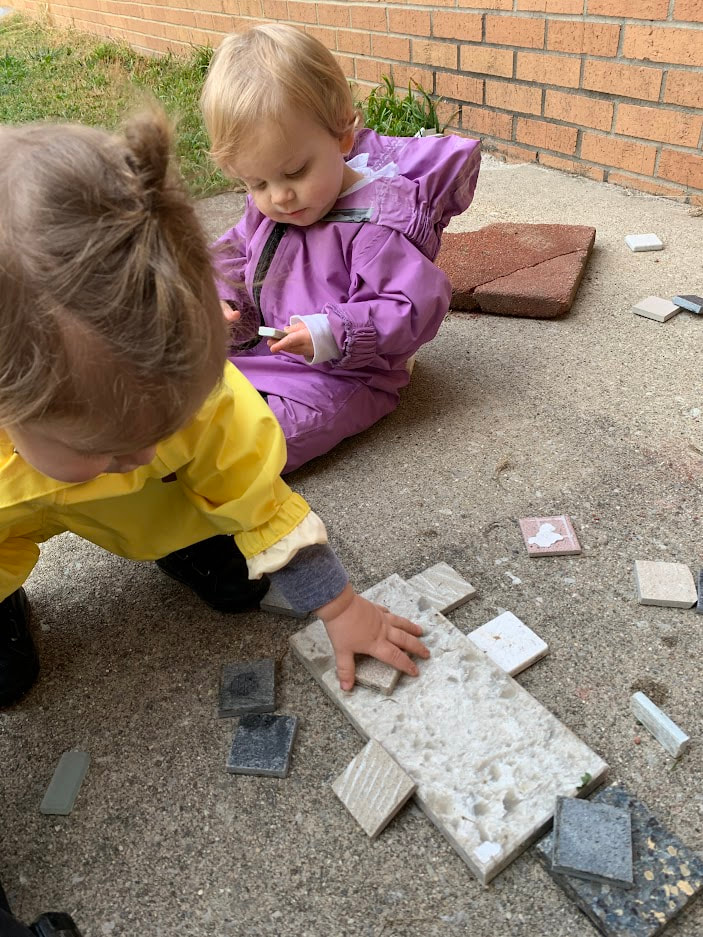
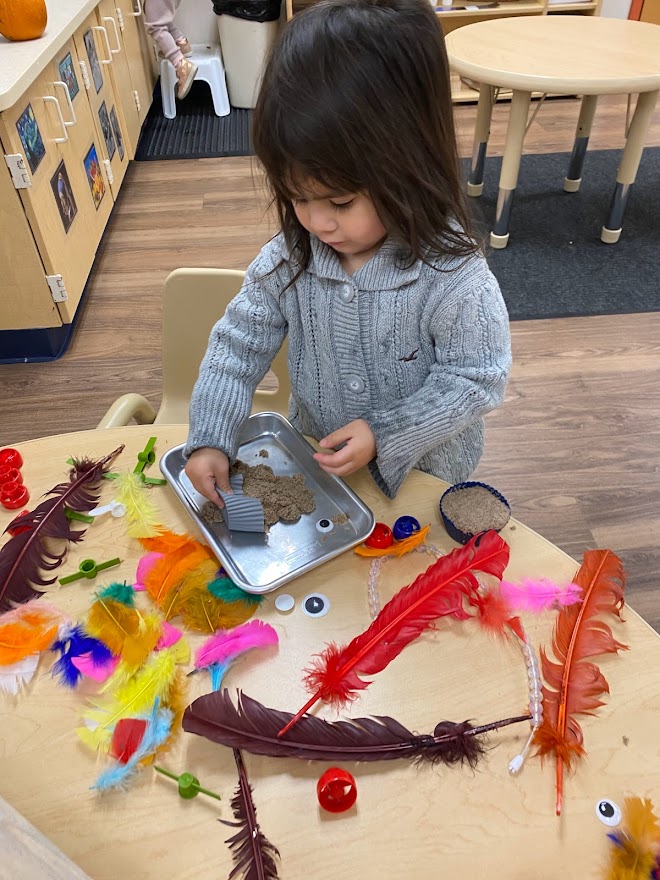
 RSS Feed
RSS Feed

